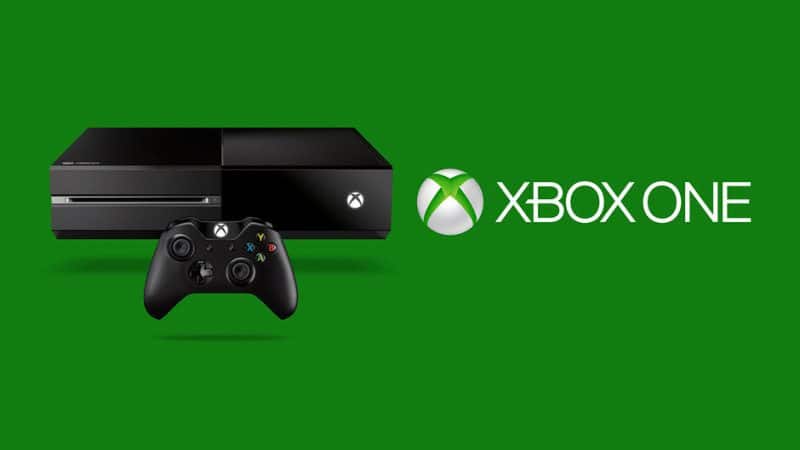How Microsoft (Probably) Envisions Xbox Hardware Upgrades
Samuel Wan / 9 years ago

With all the talk about Xbox One hardware upgrades and their universal platform, it’s important to really understand how Microsoft is approaching this problem. While some commentators are viewing their change in strategy as a shift to a PC-like ecosystem, a deeper read of Microsoft’s statements reveals a more Apple iOS-like approach.
Traditionally, consoles have come out generation by generation, with the latest one supplanting the next. In order to play the latest and greatest games, one would have to buy the latest console and playing games from previous consoles required the previous console. Microsoft is planning to change this with the Xbox One, allowing for hardware to advance within a console generation, with backwards and forwards compatibility. This allows users to keep playing their old games as well.
In order to get the backwards and forwards compatibility between games and consoles, Microsoft is using their UWP (Universal Windows Platform) to build UWA (Univeral Windows Applications). This is possible because the Xbox One is fundamentally a customised PC, and some think that a new hardware upgrade is easily done due to the simple architecture and uniform software. The concern though is that like PC systems, the variants of Xbox One’s become like another PC and will suffer from fragmentation in features and performance, losing the traditional console benefit of one hardware platform to target.
In my view tough, Microsoft is pushing a similar yet distinct path from PC, more akin to iOS. With iOS, Apple has several concurrent iOS devices generations with different hardware. However, all my applications work on most iOS devices, with older iOS devices using older versions of the application if necessary, with fewer features. This is even simpler for the Xbox One as there will still probably only be 2-3 hardware variants, easy enough to target and optimise for. Just like with iOS applications, UWA games can scale to the hardware neatly, with each console variant using the resources (physics effects, resolution, texture quality) best suited to it and compiled at the time of installation.
With UWA, it will take minimal effort to ensure old games run on the new console hardware and any failure to optimise is covered up by the improved hardware. To run new games on older consoles, developers simply use fewer models, less complex physics, lower resolution and lower quality textures. However, the overall gameplay should remain the same and the overall experience the same. The ability to play purchases bought for a previous console removes the sting of rebuying games when the console is replaced.
As always with Microsoft, their statements and PR side of things are never as clear as they need to be. Hopefully, Microsoft will be able to implement their plans well and the future where console gaming libraries are just like Steam will finally come to pass.



















